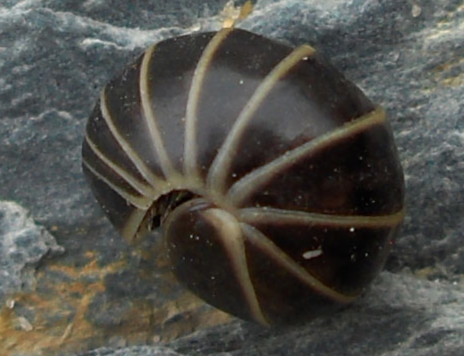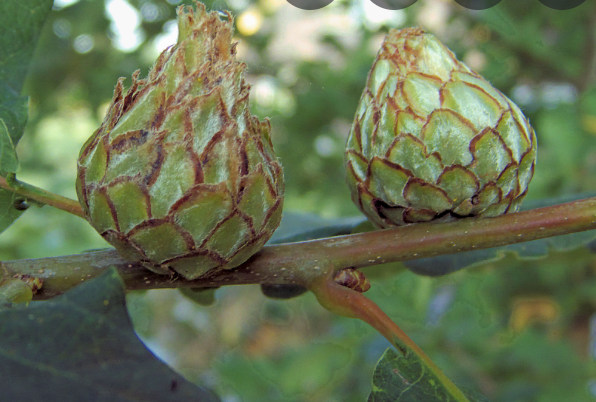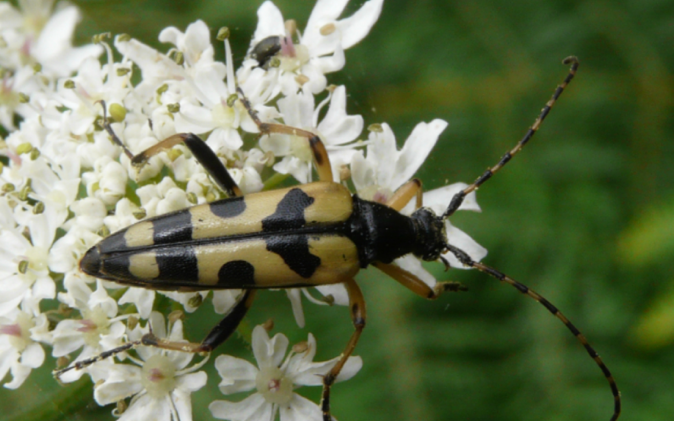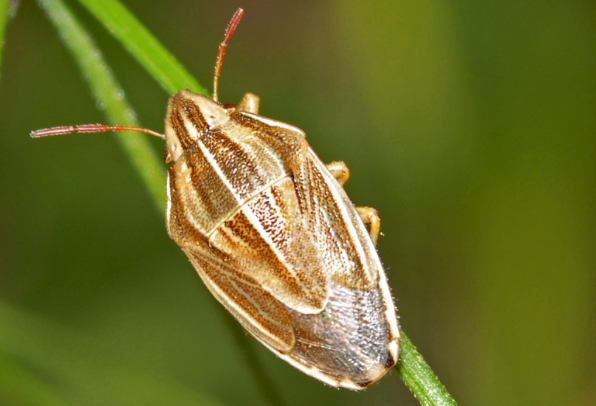
The Little Beasts of Battlemead
An account of what small creatures have been found in the past 3 years at Battlemead Common.
Just a few are illustrated here.
Back to some of the insects seen in the large grassland areas at Battlemead. Such grasslands become richer with wildlife if they are not mowed regularly but allowed in places to grow undisturbed at least for a few years. Short sward, cut (or grazed) frequently, does support its own array of associated wildlife as witnessed by sheep grazed chalk grassland not far from here. However at Battlemead the plan is to have some areas of grassland cut and harvested for hay, others with different mowing regimes, yet others with no mowing – all to provide a wide range of options for wildlife to colonise and become diverse.
A few examples of grassland insect fauna are shown here.
These are notes about just a few of the small creatures found at Battlemead in the last two years.
Because of my particular interest in insects, spiders and other small and easy-to-overlook things I have not included birds (even small ones) or the smaller mammals which others already know form a significant part of the whole ecosystems of Battlemead.
This is just a hint at the real richness of wildlife at this rather special place.
Some of the examples illustrated are very common, others quite rare locally or, in a few cases, nationally. Regardless they are all important players in the interaction of plants, animals, fungi and other life forms in these special areas of different habitat.
It is the richness of habitats which, if managed with care and knowledge of what is required, results in the site being locally rather special now, and hopefully more so soon.
For this reason alone the future of the site for wildlife should be given a priority.
If it were to become just a “Public Open Space” where the more obvious or fashionable (or introspective?) HUMAN needs are met then a valuable opportunity to save, enhance and properly appreciate all the other non-human species there will be lost.
The closer it becomes a Nature Reserve the better. It ought not to be described as an area for “Rewilding” (this has happened already) in the true sense of the word because that implies non-intervention by us.
Its current biodiversity would possibly decline if the place were to be left “for Nature to do her thing”. The realistic way ahead is to respect and maintain or improve the existing wonderful range of habitats precisely because intervention in the past has created them and the significant range of wildlife here now.
“Rewilding” does work, particularly on much bigger areas of land. But Battlemead is too small for this to be appropriate. However it IS big enough, and “we” have acquired it early enough, to be able to experiment in various ways to improve its support for more, and more varied wildlife.
Ideas of “introducing species” have been suggested (why not water voles, otters, etc?) but my view is the we manage habitats for the existing species and maybe other “iconic” species will become to recognise that the site is for them too.
Enjoy this document! It will be added to from time to time as more wildlife is discovered, as I am convinced will be the outcome.
Martin Woolner
Founder member of Wild Maidenhead











































